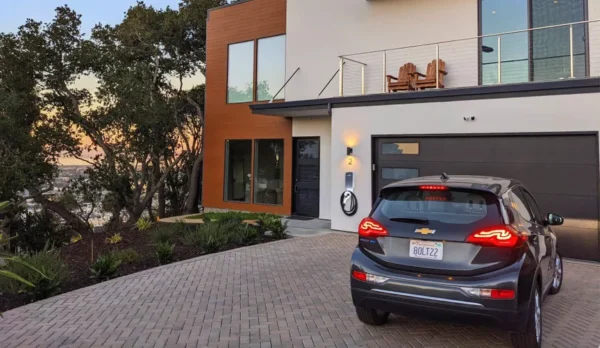
Could Your Meeting Have Been an Email?
Study shows you waste 31% of your week in meetings

Meetings are a staple in most workplaces, but the age-old question of “Could your meeting have been an email?” exposes a growing productivity issue. Studies show the average employee spends 11.3 hours per week in meetings, despite many workers reporting that 2 hours a day, or 10 hours per week, is the maximum they can endure before fatigue sets in. This gap highlights that 1.3 hours of weekly meetings go beyond the average worker’s capacity for focus, equating to almost 70 hours of lost productivity each year – and that doesn’t even account for meetings that could have been emails.
Reports show that most meetings last between 31 and 60 minutes, while the average time to write an email is just 5.5 minutes. If we assume the average meeting lasts 45 minutes, replacing 4 unnecessary meetings a week with email summaries could save you an extra 2.67 hours a week. Add to this the 1.3 hours spent in meetings that workers can’t fully concentrate on, and you have a total of 4 hours per week that could be better spent on focused work.
This not only reduces the need to work outside of regular hours due to lack of time for actual tasks but also helps to alleviate burnout and improve overall employee wellbeing. Here, the team at Instant Offices share a few practical tips to help you work more efficiently and avoid burnout:
1. Ask, “Could This Meeting Be an Email?”
Before scheduling or attending a meeting, ask yourself whether the topic could be addressed clearly in an email. Many meetings are used for status updates or minor clarifications that could easily be handled asynchronously.
2. Set Clear, Time-Limited Agendas
For necessary meetings, ensure there’s a clear agenda with a set time limit. Meetings that drag on without purpose only drain focus and productivity. Stick to the scheduled time to respect everyone’s time.
3. Use Asynchronous Tools
Not every message requires an immediate reply. Asynchronous tools like project management software, shared documents, and email allow you to communicate efficiently without the need for real-time conversations.
4. Designate Time to Check Your Emails
Instead of checking your inbox constantly, set specific times during the day to respond to emails. This helps you manage your time better and avoid constant interruptions.
5. Prioritise Deep Work
Save your most important tasks for when you’re least likely to be interrupted, such as the first few hours of your day. Use the time saved from unnecessary meetings to focus on tasks that require deep thought and creativity.
6. Implement “No Meeting” Days
If possible, designate certain days or half-days as “no meeting” zones to give employees uninterrupted time for focused work.
Burnout stems from chronic stress and lack of balance, not just a heavy workload. In flexible workspaces, we’ve seen how giving people the freedom to customise their work environment, and schedule can reduce stress and help to create a more sustainable work-life rhythm.
By adopting these time-saving strategies, you can reduce unnecessary meetings and improve productivity. Improved productivity and efficiency should implement an improved work life balance, allowing employees to rest and recover and help reduce mental fatigue, ultimately avoiding burnout.













































